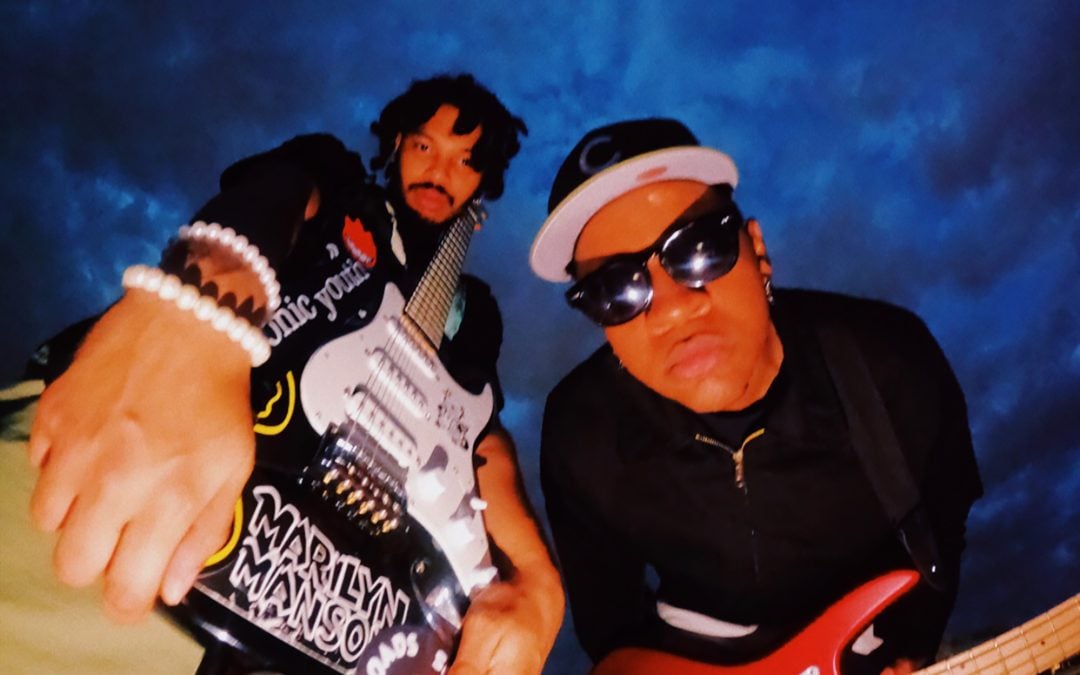In the high-flying cosmos of hops, we're in sync with the fearless brewmasters at Bingo! Beer Co. In this series, we're rollin' with a squad packing heat with cameras, set to dive into each weekend's dope journey. Our main lensman this week, Jody Adams, braved the...





